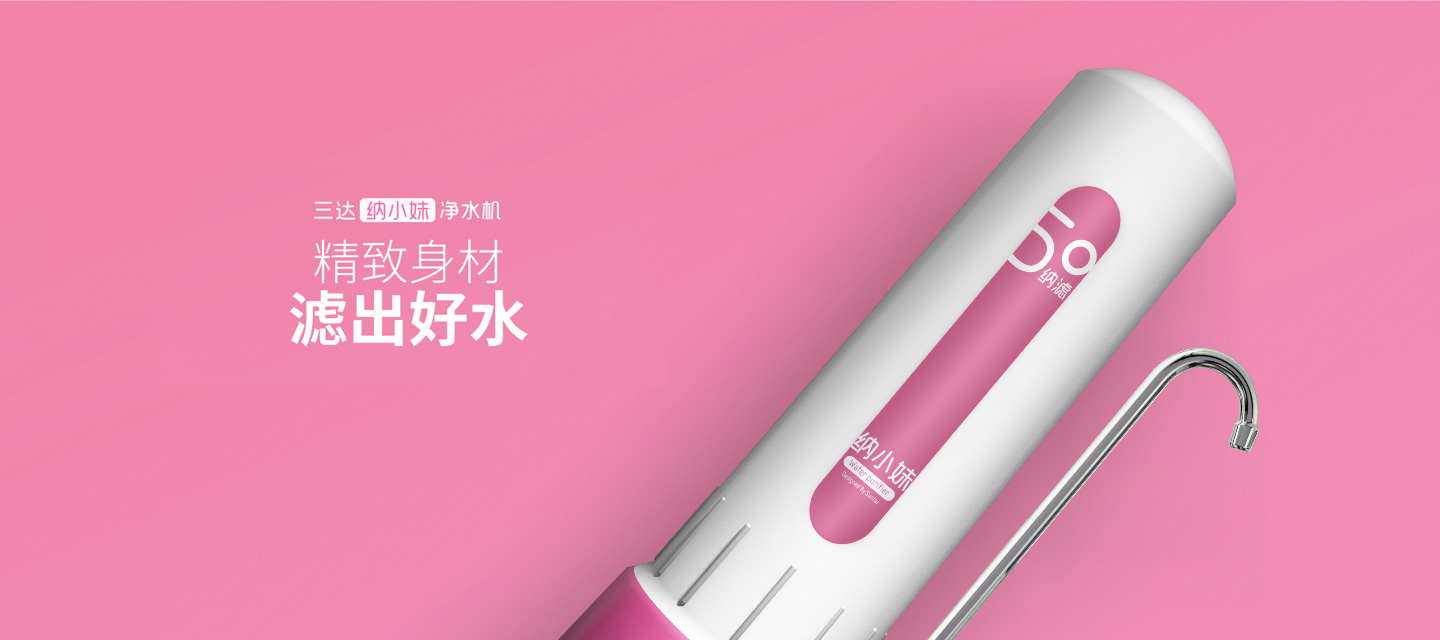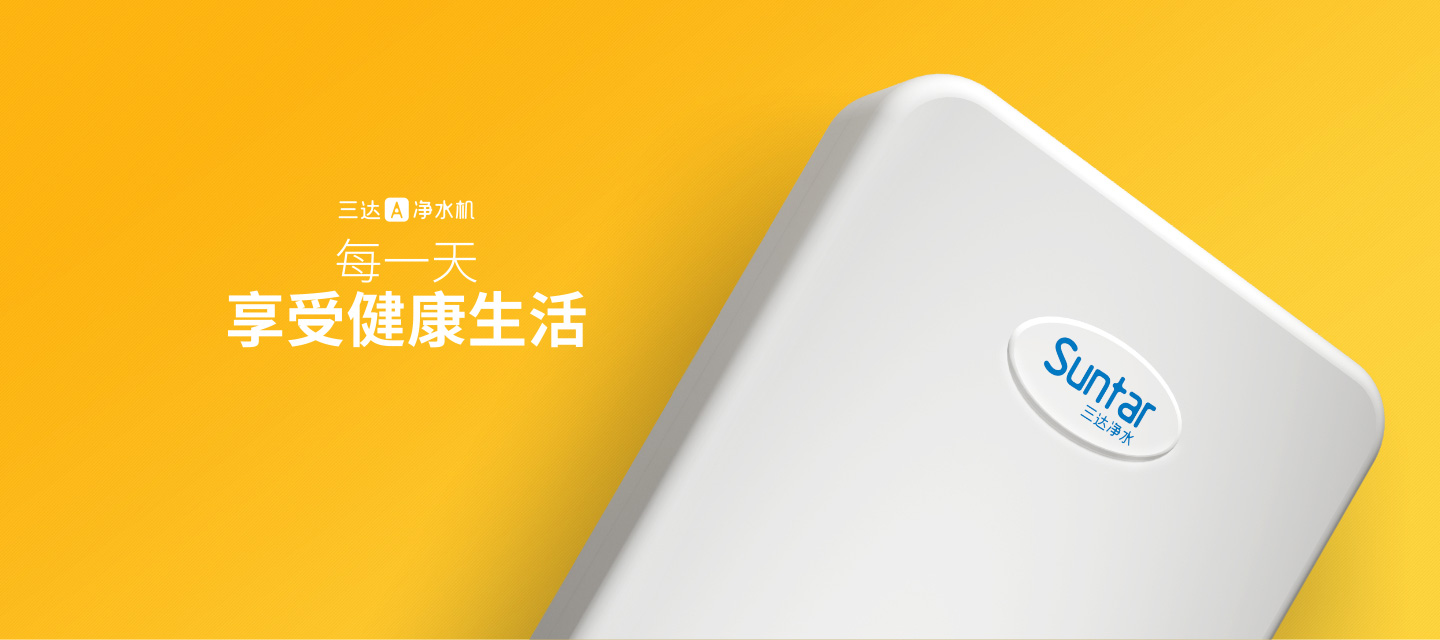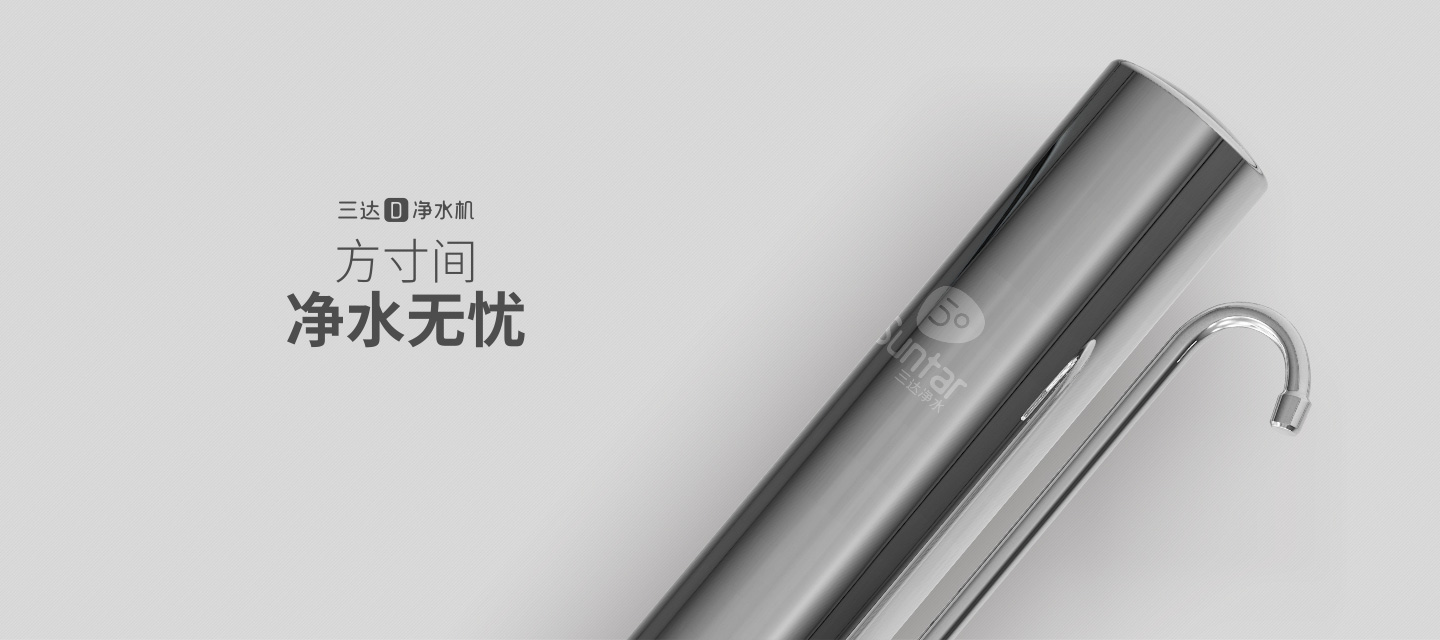2016年12月8日,第十四届国际华人有机化学和第十一届国际无机化学研讨会在新加坡国立大学开幕,来自美国、澳大利亚、瑞士、日本、新加坡、中国大陆、香港、台湾等国家和地区的200多位专家、学者出席了本次大会,共同探讨世界有机化学和无机化学领域最前沿技术的动向与发展,会议为期三天。

开幕式当日,厦门大学水科技与政策研究中心首席科学家、厦门大学材料学院教授蓝伟光博士应邀出席了这次盛会,并为全体大会作了一场题为“陶瓷膜技术的创新:从2D传统膜过滤到3D纳滤芯净化”的主题演讲。蓝伟光博士以如何解决世界面临的饮用水安全问题作为切入点,介绍了他所率领的团队以目标为导向,逆向思维,针对目前市场上流行的几大净水技术在去除化学微污染与保留有益矿物质顾此失彼的尴尬,创新开发新一代基于3D纳滤的净水5.0技术的过程,详细介绍了3D纳滤芯科技的技术特征、分离机理及使用效果,并将其与2008年3月美国耶鲁大学、麻省理工学院等知名大学的专家在世界顶尖的Nature杂志发表的题为“未来几十年水净化的科学与技术”一文所倡导的目标相比较,表明3D纳滤芯技术的多项指标均超出了该文的期待。蓝伟光博士的报告受到了与会专家、学者的高度评价,他所提出的通过逆向思维,把市场的难题作为科研的课题,集中力量攻关解决问题的思路亦受到了与会专家、学者们的充分肯定,引起了积极反响。蓝伟光博士率领团队创新开发的基于3D纳滤的净水5.0技术也因此受到了得到了广泛的关注与重视。

本次会议主席、2016年新加坡总统科学奖得主、新加坡国立大学刘小钢教授亲自主持了蓝伟光博士的主题演讲。

另附蓝伟光博士演讲摘要:
Innovation of ceramic membrane filtration: from 2D permeation to 3D nanopurification
Yihong Lan1, Minmin Zhang1, Yubin Hong1,2, Weiguang Lan1,3
1 Research & Development Dept, Suntar Membrane Technology Limited, Singapore 569059
2 College of Materials, Xiamen University, China 361005
3 Applied Membrane Technology R & D Centre of Xiamen University, China 361005
Membrane filtration is a technique employed to separate solutes from a liquid through a semi-permeable material by a driving force. Depending on the pore size, membrane filtration can be classified as microfiltration, ultrafiltration, nanofiltration or reverse osmosis. Membranes are either polymeric or ceramic depending on the material. Traditionally, membranes comprise a 2D thin active layer acting as a selective barrier and a thick support layer ensuring structural integrity. Selectivity and permeability, the two working specifications of a membrane, are primarily dependent on the membrane’s pore size. Achieving high selectivity while maintaining high permeability has been a longstanding challenge for membrane filtration processes. It is also nearly impossible to separate two different solutes with similar sizes through traditional membrane filtration processes since separation in porous membranes occurs through molecular sieving. Aiming to overcome limitations of traditional 2D membrane filtration, this study is the first to introduce a 3D membrane filtration process employing three layers: one thick intermediate layer with absorption & filtration properties stemming from the integration of ceramic materials and customised active carbon with nanopores; as well as two thin supporting ceramic layers coating the internal and external surfaces of the thick active layer in the middle. This 3D membrane filtration mechanism abides by the adsorption-solution-diffusion-filtration model based on the absorptivity and chemical properties of the solutes to achieve nanopurification. It is a revolutionary innovation for membrane filtration to go from 2D permeation to 3D nanopurification, because the latter can achieve both higher selectivity and permeability at the same time. By applying this 3D membrane filtration process to drinking water purification, the removal of micropollutants and retention of minerals will be achieved simultaneously. Moreover, this process can be carried out at normal tap water pressure.
下一条:没有了!







 三达净水邀您一起珍惜自然资源,守护共同家园!
三达净水邀您一起珍惜自然资源,守护共同家园!

 服务网点内可提供上门安装服务到家
服务网点内可提供上门安装服务到家 质保一年耗材除外
质保一年耗材除外 有偿提供定期上门清洗滤芯服务
有偿提供定期上门清洗滤芯服务 定期提醒更换滤芯有偿提供定期水质监测服务
定期提醒更换滤芯有偿提供定期水质监测服务 全国统一服务热线400-669-8080在线客服咨询
全国统一服务热线400-669-8080在线客服咨询


